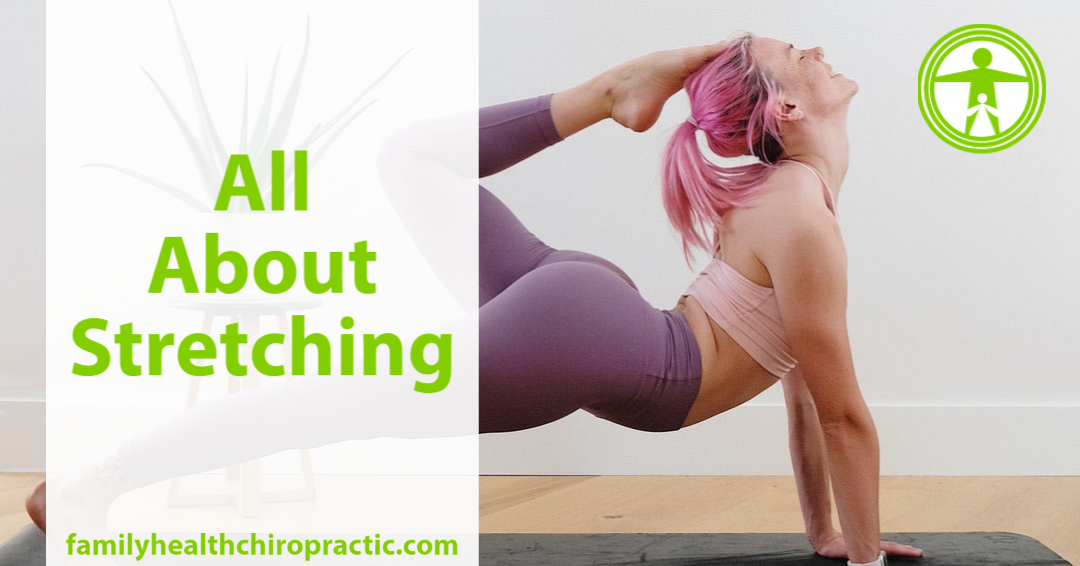Stretching: The Basics
Everyone knows that stretching is important for their health – yet most Americans refuse to spend enough time doing it.
Or, if people do stretch, they often don't stretch all of their muscles groups – or the specific muscle groups they need to be stretching.
In many cases, people even stretch in a way that actually causes more harm than good.
That's why I'm going to spend some time sharing the basics of stretching such as
- Why you should stretch
- Different types of stretching you can do for health
- Guidelines for proper stretching to prevent injury
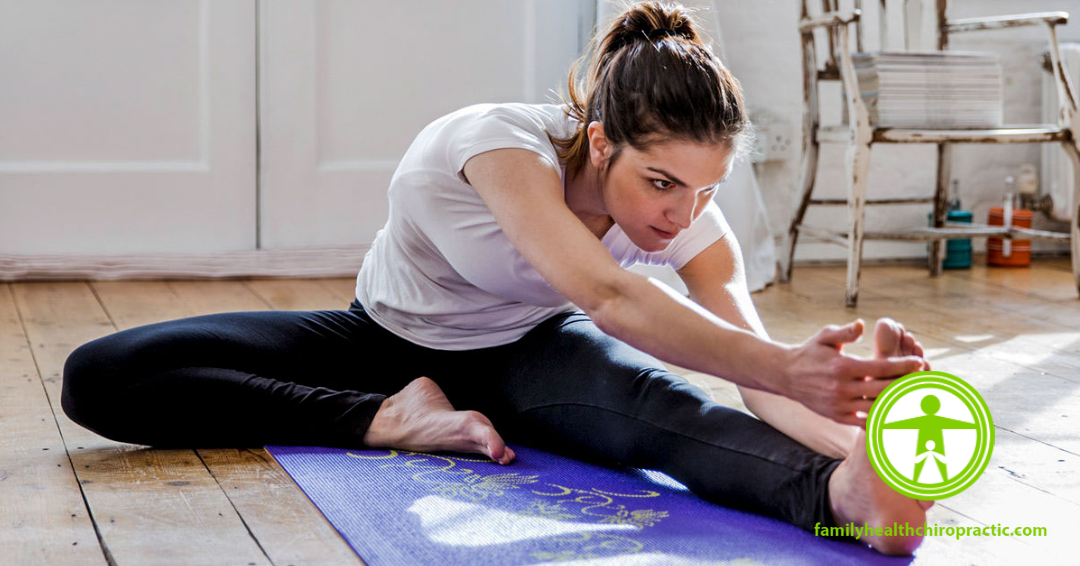
Why Should You Stretch?
Stretching improves flexibility and flexibility determines your ability to move (mobility) and even contributes to force production (strength).
Stretching is important at any age. Stretching also helps to improve physical function.
For example, when our hamstrings and hip flexors are too tight, they can hamper basic movements like walking and running.
When muscles are tight – a common result of the modern living environment – you’re not able to fully extend and your movements become shortened and less powerful.
Tight hamstrings have been implicated in chronic low back pain, because they change the tilt of the pelvis, placing more pressure on the joints in the lower back.
But loss of flexibility isn't simply a problem for back pain.
For anyone who plays sports or works out, tight muscles contribute to muscle strains, knee pain, and diminished performance.
As you work your way up and down the body, many more examples come to mind:
- Tight ankle and calf muscles contribute to loss of balance.
- Tight arm and side muscles impact any task or sport involving reaching.
- Tight neck muscles make it hard to look behind you.
- Being inflexible contributes to your poor posture.
Tight chest muscles can pull your shoulders forward, giving you a hunched silhouette instead of a longer, slimmer looking one.
This is exactly why as you age, stretching becomes even more important.
The truth is, your joints become less flexible over time.
And this inflexibility puts a crimp in daily activities, making it harder to walk, raise your arms overhead, or turn your head while backing up the car.
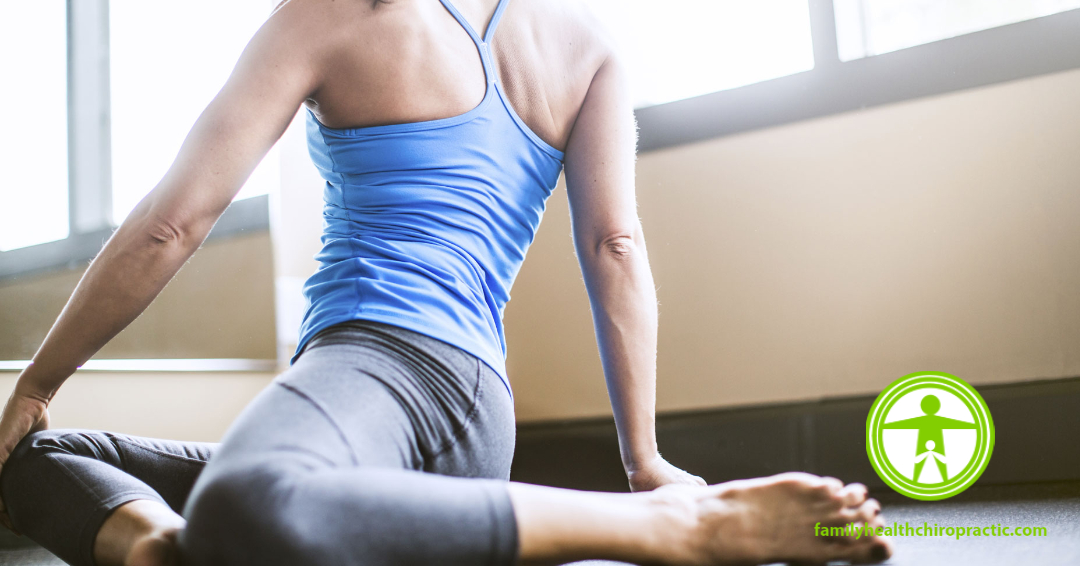
Types of Stretches
Most people are surprised to learn that there are multiple types of stretches.
The two most common types of stretches are static and dynamic stretching. These two types of stretches provide the simplest, safest route to flexibility for most people.
Static Stretching
Static stretching is what most think about when stretching.
Static stretching is when you hold a position that stretches a muscle or group of muscles for a given period of time.
Static stretches can be active or passive, though passive stretches are by far the most common.
Contrary to popular belief, you should not perform static stretching before exercise.
Dynamic Stretching
Dynamic stretches involve movement.
Dynamic stretching is when you take specific muscles and joints through their normal range of motion, from one position to another, to loosen up the joints and stretch the muscles.
The action is smooth and controlled and often mimics a sports motion, such as a golf swing or arm swings.
While static stretches should not be performed before exercising, dynamic stretches are beneficial and help warm up the body.
Ballistic Stretching
Many people try to go deeper into a stretch by adopting a stretch position, then bouncing extend muscle length and range of motion.
Stretches like these are called ballistic stretches.
It works by triggering the stretch reflex: resistance prompted by specialized nerves, forcing a lengthening muscle to contract.
Ballistic stretching is great for athletes, who must perform quick, powerful actions.
However, ballistic stretches go beyond an individual’s normal range of motion and can injure muscles if not done correctly.
For this reason I do not recommend this type of stretching for most people.
Active Isolated Stretching
Active isolated stretching is usually performed in reps and sets, just as strength exercises.
With active isolated stretching, instead of holding a stretch for 30 to 60 seconds, you hold it for only two seconds, slowly release it, and
repeat several times.
The idea is that each time you resume the stretch you are able to stretch a little farther than the time before.
Proprioceptive Neuromuscular Facilitation
Proprioceptive neuromuscular facilitation, or PNF, is favored by some exercise and rehabilitation experts, who believe it enhances range of motion more than other approaches to stretching.
But unlike static stretches, which can be done safely by anyone, PNF is best done with a partner and requires advanced training.
PNF takes a two-step approach. It starts with isometric contraction of the muscle that opposes the one you want to stretch. (To do an isometric contraction, you press against an immovable object, like a partner, so that the muscle activates without lengthening or shortening.)
Then you follow with a passive static stretch of the target muscle, usually applied by a partner who focuses on moving a joint through its range of motion.
Because PNF stretches are generally done with a partner and require expertise to perform safely, we recommend that anyone interested in learning these stretches should work one-on-one with an experienced trainer or physical therapist.
Foam Rolling
While not technically a type of stretching, foam rolling may be another way to improve flexibility by loosening up fascia, the thin sheath of tissue surrounding each of your muscles.
Foam rolling is a form of selfmyofascial release (SMR), in which you loosen fascia by rolling parts of your body over a cylindrical piece of high-density foam. (Tennis or lacrosse balls can also be used for this purpose.)
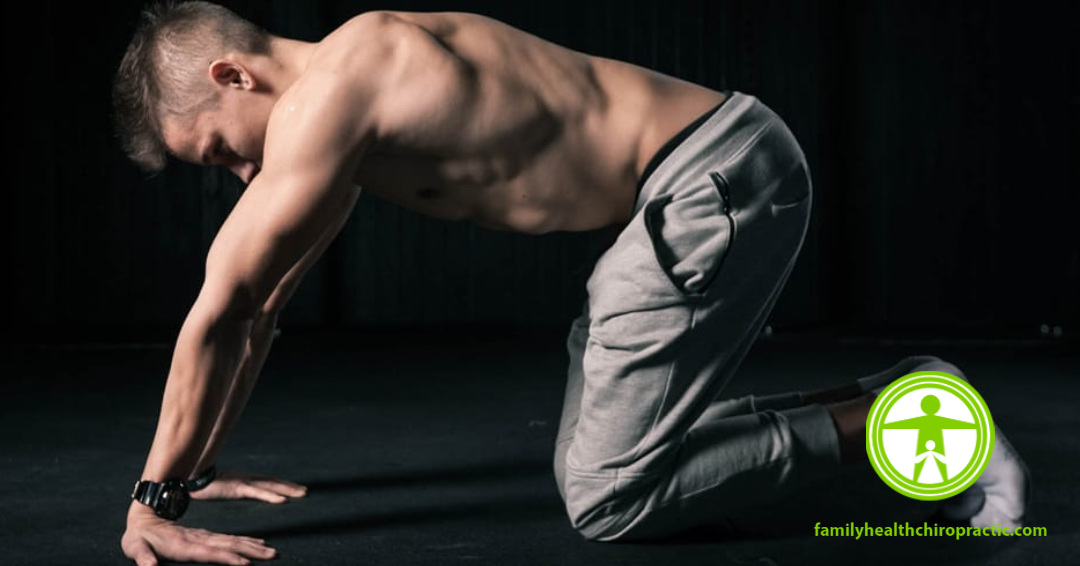
How Often and How Much Should You Stretch?
How often should you stretch?
How long should you hold a stretch?
And how many repetitions (reps) of each stretch should you do?
While stretching has been studied much less rigorously than other forms of exercise – here's a current consensus among experts:
- Healthy adults should do flexibility exercises (stretches, yoga, or tai chi) for all major muscle-tendon groups—neck, shoulders, chest, trunk, lower back, hips, legs, and ankles—at least two to three times a week.
- For optimal results, spend a total of 60 seconds on
each stretching exercise. So, if you can hold a particular stretch for 15 seconds, repeating it three more times would be optimal. If you can hold the stretch for 20 seconds, two more repetitions would suffice.
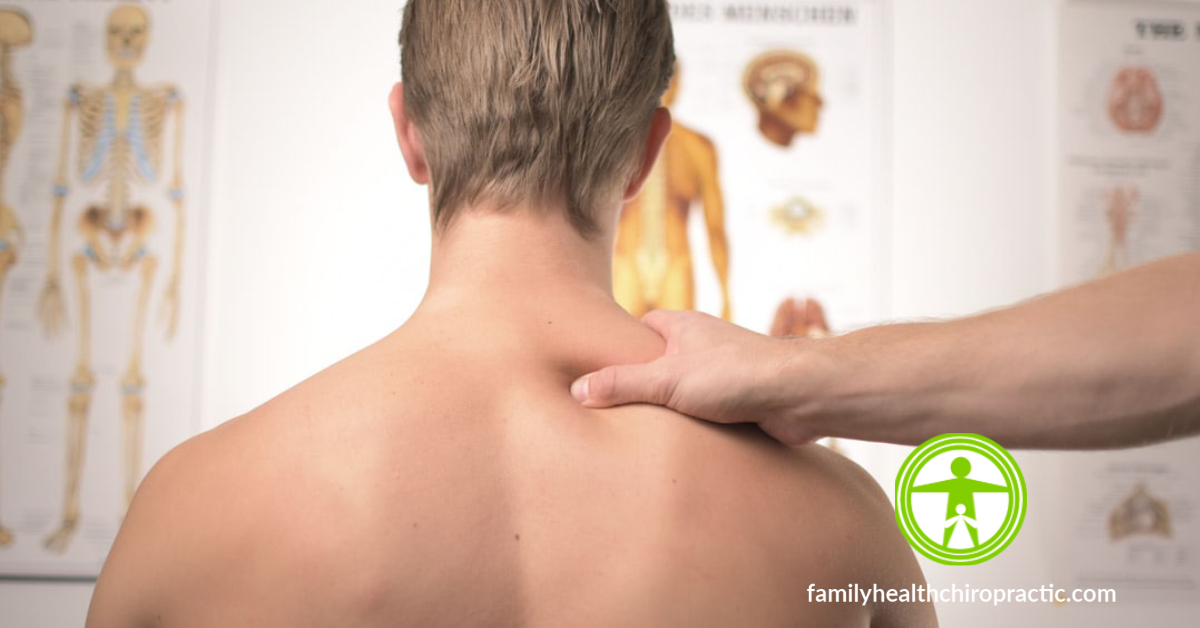
Stretching Improves Your Chiropractic Care
Anyone who has ever visited a chiropractor should know about the importance of stretching.
Surely almost every chiropractic doctor will recommend stretching as part of a care plan.
A primary goal of chiropractic care is to improve flexibility, mobility and blood flow.
When an adjustment is performed, blood circulates and stretching can help to maintain blood flow between visits.

